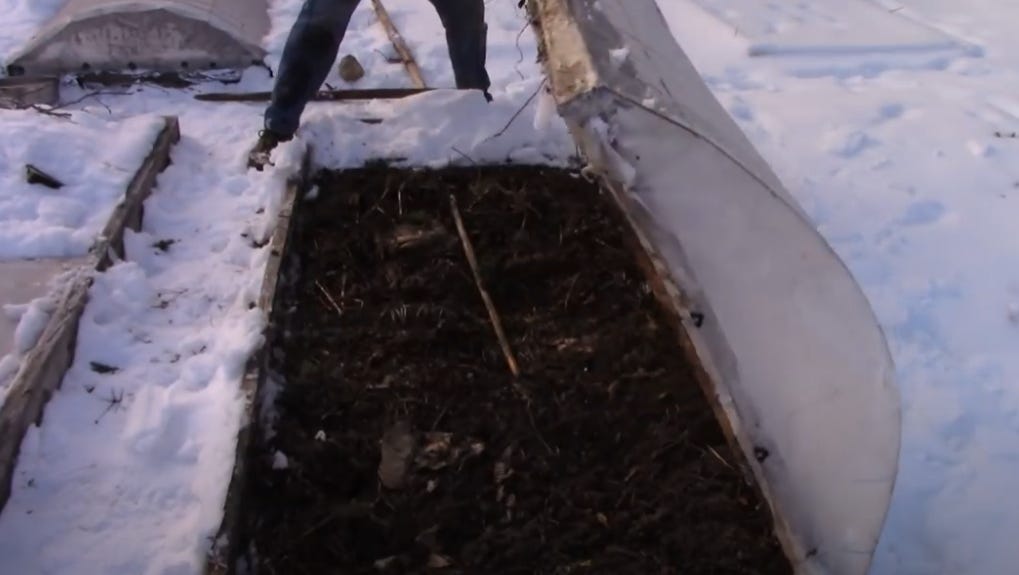Back to Gardening Chapter 5, The Seasons of Gardening - Part D: Winter
This chapter lays out the key tasks that gardeners need to undertake in spring, summer, fall and winter. In this part we talk about things that should be done in winter.
Winter
Winter begins in the Northern hemisphere with an astronomical event called the winter solstice - which is the day when the North Pole has its maximum tilt away the sun, and is consequently the shortest day of the year. That usually occurs around December 21st - 22nd. What makes this time of year important to gardeners is that there is less sun than any other time of year, and it is colder than any other time of the year - so almost everything either stops growing or dies, and the ground freezes in more northerly zones. As a result, gardeners must get everything done before the “big freeze”, and after a little winter’s rest, start getting geared up for spring.
Harvest
Mostly everything in the garden is harvested before winter, but depending on the growing zone, and the variability in the season, some things can be left until late December, or even January if the ground has not yet frozen.
Light Freeze (temperatures do not go below -6C / 20F)
Many greens (e.g. kale, collards, mache, spinach, Swiss chard, arugula, cabbage) can handle a light freeze. It is also the case that some root vegetables (e.g. beets, carrots, turnips, parsnips) will be ok after a light freeze. With that having been said, I recommend that the light freeze be viewed as a warning to harvest everything, because very few plants can survive a hard freeze, or a sustained hard freeze. Of course, clever use of various covers can protect plants and extend the season a little longer depending on the ingenuity of the design and its ability to trap and hold heat.
Keep reading with a 7-day free trial
Subscribe to The Maritime Gardening Newsletter to keep reading this post and get 7 days of free access to the full post archives.





